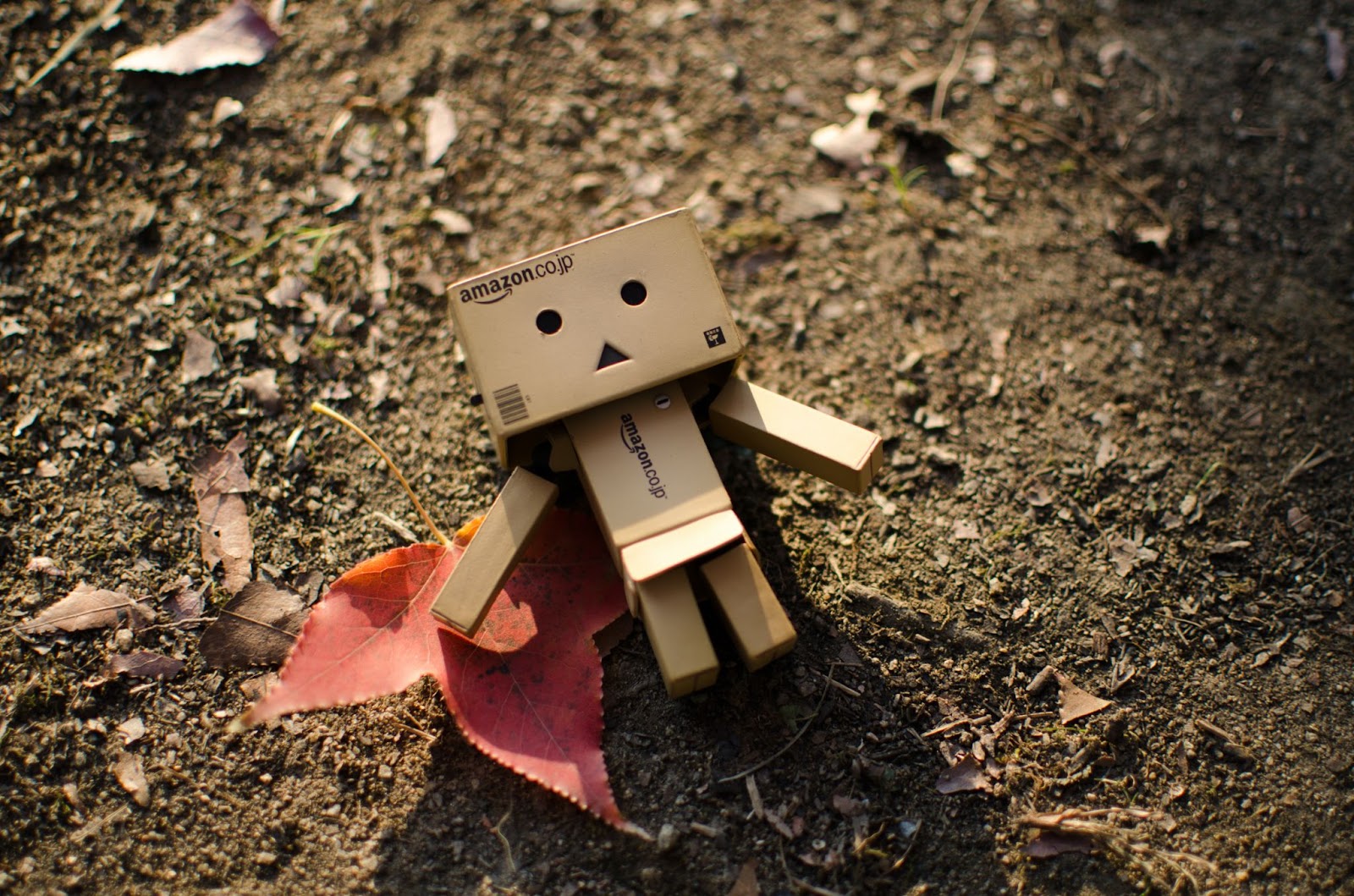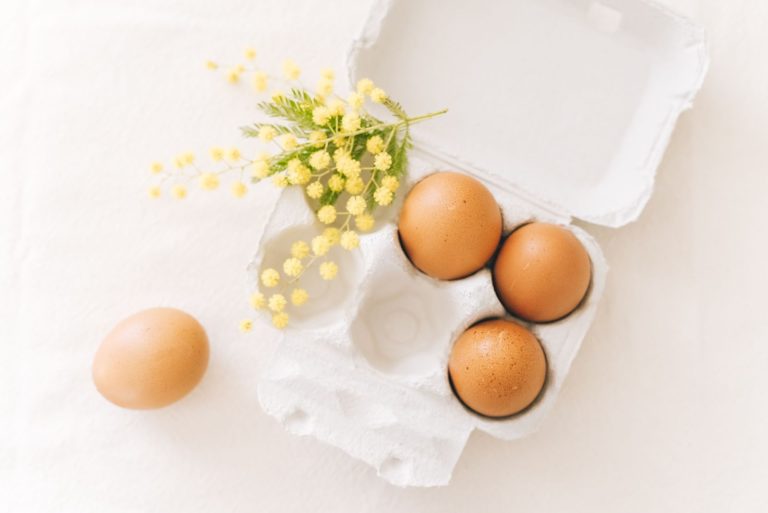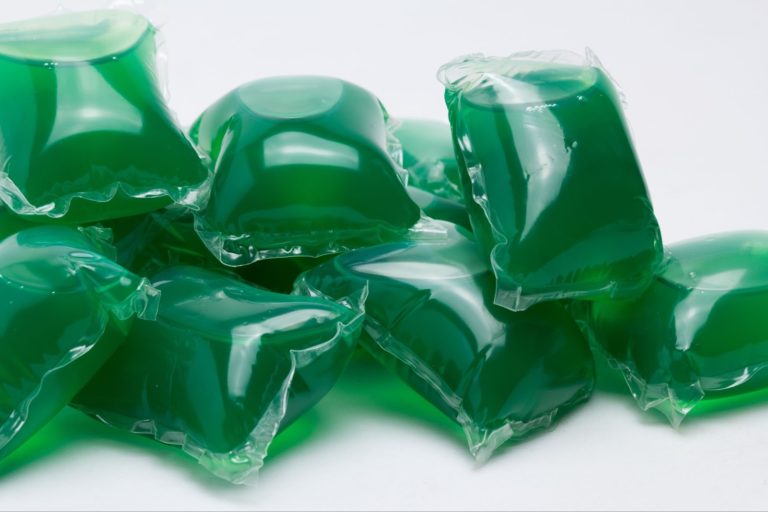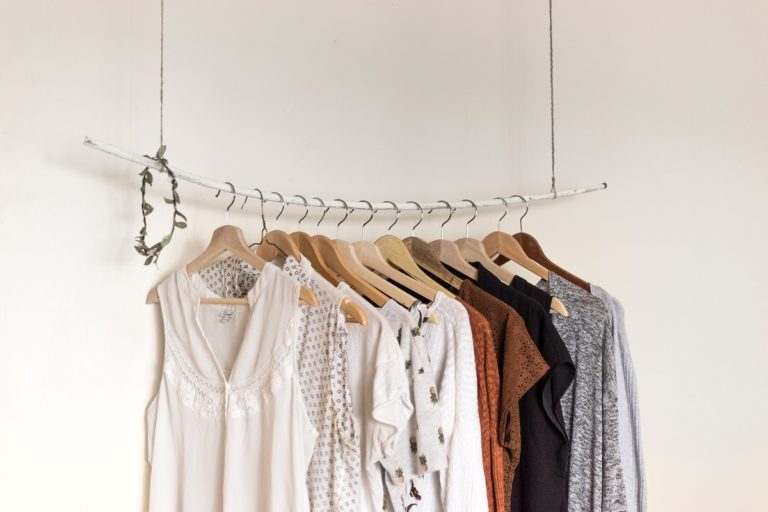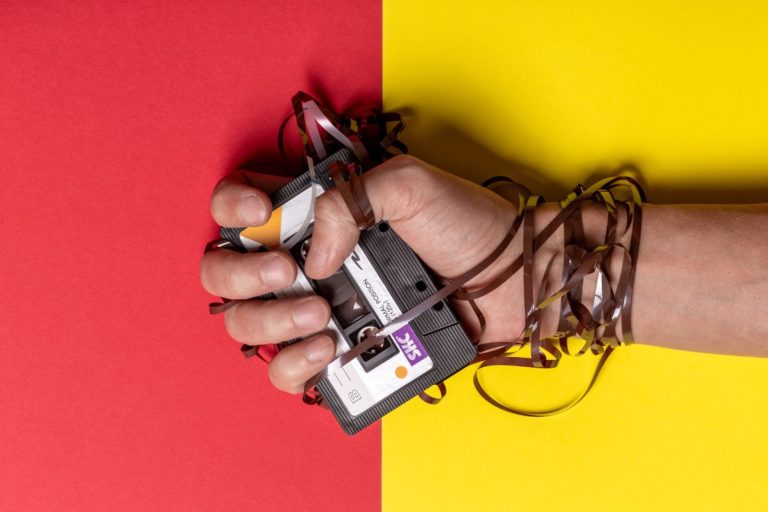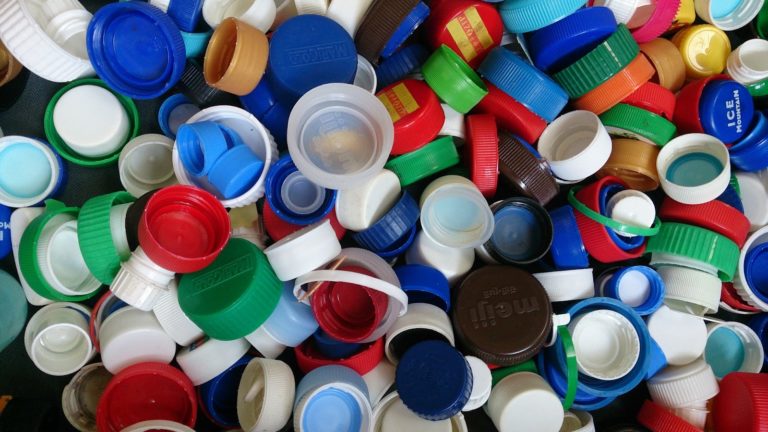Is Cardboard Biodegradable?
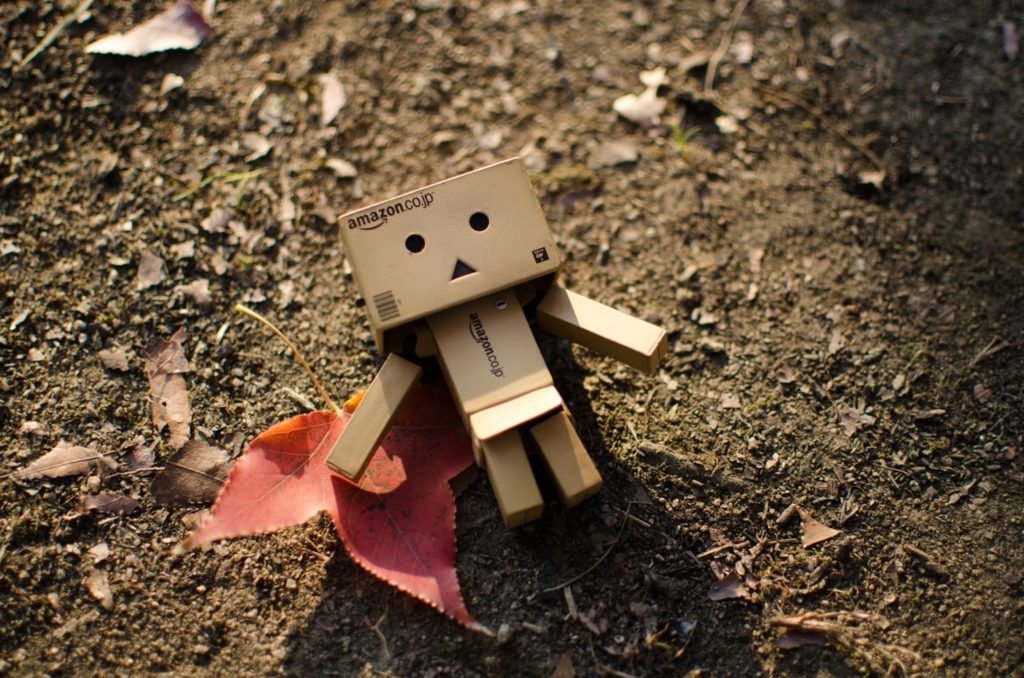
Hi, welcome to our blog! We all know that cardboard is recyclable, but is it biodegradable?
Let’s find out together!
Cardboard is a common material used in packaging and shipping. It’s strong, lightweight, and relatively inexpensive. But what happens to cardboard when it’s thrown away? Is it biodegradable?
Cardboard is made from cellulose fibers, which come from plants. When cardboard is disposed of in a landfill, it will eventually decompose. However, the process can take up to two years.
There are some things you can do to speed up the process. For example, you can recycle cardboard or compost it. Both of these options will help the environment by reducing the amount of waste in landfills.
So, is cardboard biodegradable? Yes, it is. But it can take a while for it to break down.
Is cardboard biodegradable?
The answer is yes and no. Cardboard is made from paper, which is a natural product that will decompose. However, the process is often slow, and it can take years for cardboard to break down completely.
There are two types of cardboard: virgin and recycled. Virgin cardboard is made from unused paper, while recycled cardboard is made from used paper.
Virgin cardboard is more likely to be biodegradable than recycled cardboard because it has not been treated with chemicals. Recycled cardboard has often been treated with chemicals to make it stronger and more durable, which can make it more difficult to break down.
One alternative for eco-friendly packaging is cardboard, which comes from trees. Of course, we all know how easily biodegradable paper is.
Let’s retrace our steps and examine this in greater detail. The time it takes for a biodegradable material to break down in nature varies, but is typically between two weeks and eight months. The elements—including the sun, rain, wind, and, most crucially, microorganisms—collaborate to decompose it and turn it into soil.
Due to its current production process, cardboard now utilizes a renewable resource: paper. In the correct conditions, paper can biodegrade in as little as two months. But there are restrictions to consider.
As you can see, cardboard boxes make great containers. Manufacturers also utilize these boxes for food packaging, such as milk, cereal, and even eggs, in addition to shipping and storage.
Water is a known enemy of paper, and everyone is aware of this fact. When will we be able to purchase milk and juice in cardboard cartons? What’s the solution then? Wax is used to line the interior of the boxes.
These packaging materials are biodegradable, however the wax coating slows the process down. The process is slowed, but only temporarily; the wax eventually dissolves and melts away or is destroyed by time and weather. The average time for this is 5 years, though it could be longer or shorter.
Paperboard packaging is readily biodegradable. Just soaking the boxes in some warm frothy water will speed up the process significantly. Doing so will shred the paper’s fibers into manageable bits for the microbes to feast upon.
Cardboard may be recycled into compost since it breaks down quickly. It decomposes quickly and provides a beneficial sort of fertilizer for your garden. Cardboard, unlike some other objects in a compost pile, does not produce any offensive odors when decomposed.
In reality, you can use only cardboard in your compost pile. If you receive regular shipments or frequently purchase things packaged in similar boxes, you can save yourself the hassle of recycling by putting them in the compost bin instead.
Types of Cardboard
There are two types of cardboard: corrugated cardboard and solid cardboard.
Corrugated cardboard is the type of cardboard that is used for shipping boxes. It is made of three layers of paper: an outer layer, a middle layer, and an inner layer. The middle layer is the corrugated layer, which gives the cardboard its strength.
Solid cardboard is the type of cardboard that is used for cereal boxes and other packaging. It is made of two layers of paper: an outer layer and an inner layer.
The time it takes for cardboard to decompose depends on the type of cardboard and the conditions in which it is disposed of. If cardboard is disposed of in a landfill, it will take longer to decompose than if it is disposed of in a composting facility.
The time it takes for cardboard to decompose also depends on the amount of oxygen and moisture present. If cardboard is exposed to oxygen and moisture, it will decompose more quickly.
Is cardboard Eco-friendly?
Yes, but not completely. Paper and trees are used to make cardboard. While governments aim for afforestation in many locations, it’s practically impossible to avoid cutting down trees, especially if we want to create paper.
Recently, however, technology seems to be making paper without cutting down trees conceivable, and we look forward to that stage.
Cardboard isn’t yet eco-friendly. The more trees we cut down, the more global warming we cause.
Cardboard doesn’t need many chemicals, but it requires a long processing time. This stage burns a lot of energy, which may release harmful gasses. These hazardous gasses may potentially contribute to the depletion of the ozone layer.
Cardboard boxes don’t degrade. We bundle various goods with them. Finalize their disposal.
Cardboard cartons are easily disposable. Most decay in 2 months. You can also compost them; they’re odorless and easily decomposable.
Cardboard’s disposal is eco-friendly, but its production isn’t. You can recycle used cardboard boxes even if you’re not composting or decomposing them yourself.
Does Cardboard Benefit Soil?
Non-treated cardboard cartons are great for the garden! These containers are easily compostable and will break down quickly. They decompose rapidly and replenish soil nutrients because they are constructed from organic matter.
Composting cardboard boxes provides your soil and plants with more beneficial nutrients than commercial fertilizers. Here, instead of using mulch, you utilize cardboard from cardboard boxes. It shields the ground from freezing temperatures during the winter. And it enriches your soil with nutrients at the same time!
Ways to reuse Cardboard
- Cardboard can be used as mulch in your garden to help conserve moisture and reduce the need for watering. It is also an easy way to add some extra insulation to the soil and protect plants from frost.
- Cardboard can be donated to local animal shelters in order to help provide shelter for animals in need. It can be used for animal cages, litter, or for anything else that the shelter may need. It is important to remember to take into consideration the size of the shelter and the amount of cardboard that they can use.
- Making art with cardboard is a great way to get creative and have some fun. There are a variety of projects that you can make, such as sculptures, paintings, and even cardboard boxes. You can also use cardboard to create drawings and sketches. There are many different ways to make art with cardboard, so it is a great way to get creative and have some fun.
- When you are moving, reuse your old cardboard boxes as packing material. This will help protect your belongings and make the move go more smoothly.
Final thoughts
Yes, cardboard is biodegradable! However, decomposition of cardboard takes about two months on average.
However, there are a few variables that could change it:
- Whether or not the cardboard is waxed affects how long it takes to process.
- Any rips or tears in the cardboard will hasten the decomposition of its fibers.
- Natural Conditions – Biodegradability of many materials is enhanced by exposure to heat and moisture.
Cardboards make for great eco-friendly packaging options. They’re tough enough to protect lightweight to heavyweight items, can withstand some moisture, and can even help preserve our food. Besides everything we always recommend making environmentally responsible decisions and go for recycling and reusing cardboards whenever possible.
